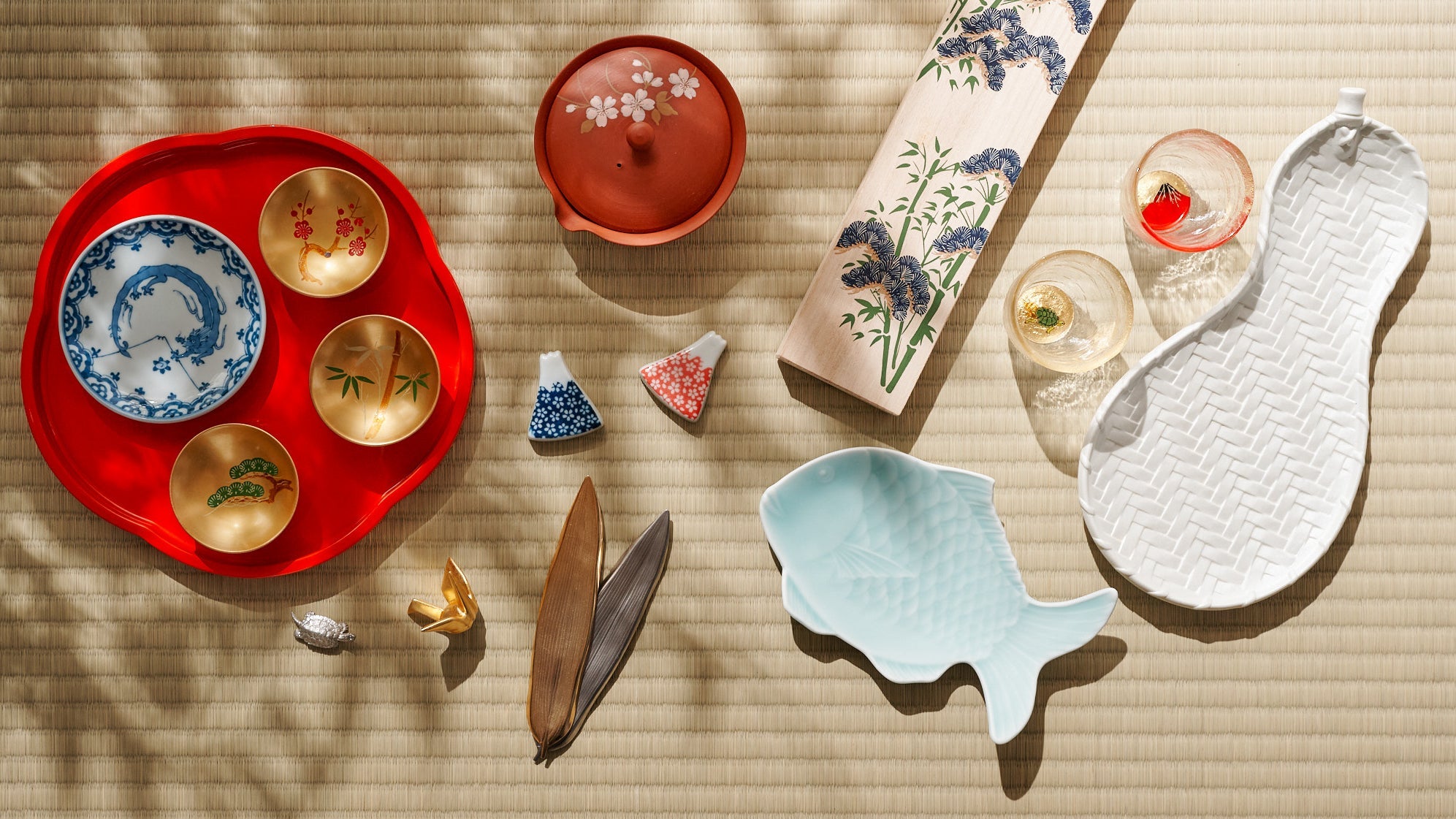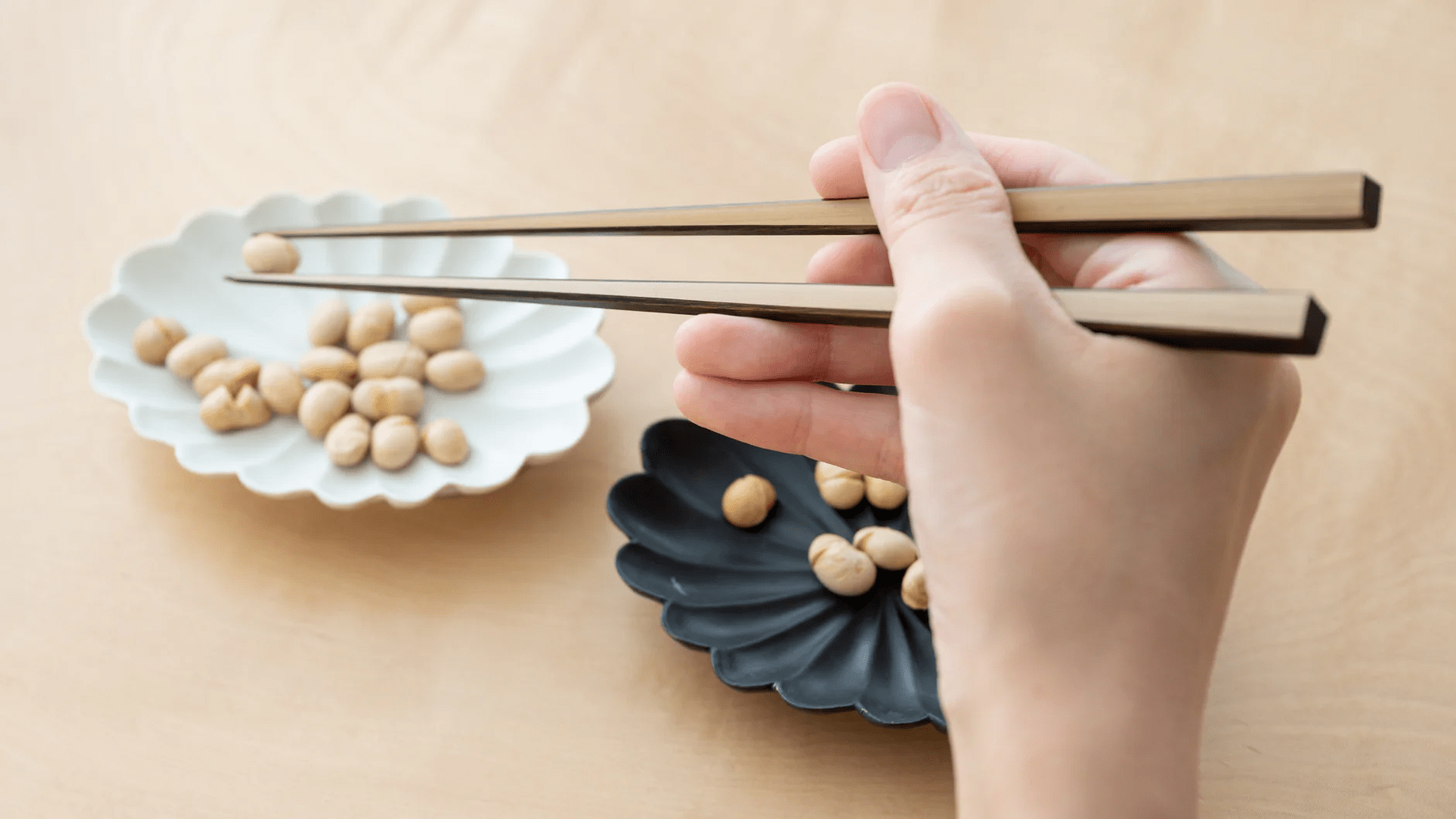
Japan’s Traditional Sparklers: The Behind-the-Scenes Story
De Ito Ryo
Fireworks—a hallmark of Japanese summer.
Every summer, regions across Japan hold fireworks festivals, where countless aerial fireworks are launched to the excited oohs and aahs of large crowds of spectators. It’s also common to see families and close friends gathered together, playing with handheld toy fireworks.
When the blazing sun sets in the western sky and the temperature starts to drop, fireworks brighten the night, providing a refreshing feeling that helps one forget the stifling humidity of summer. Japanese people enjoy fireworks as a kind of seasonal remedy against the summer heat.
This article focuses on one particular type of Japanese fireworks—handheld fireworks.

It’s not uncommon for handheld fireworks to be regulated or banned in other countries for fire safety reasons. In Japan, however, anyone is free to enjoy them. And there is one kind that is especially beloved across generations—the sparkler, or senko-hanabi.
Unlike many other handheld fireworks, senko-hanabi don’t show off bombastic effects. When lit, they don’t emit loud, startling bangs. Instead, they quietly and delicately scatter delicate, bright orange sparks. Yet despite this simplicity, senko-hanabi hold a special place in the hearts of many Japanese people. To my knowledge, no other firework quite like it exists outside Japan.
So then, when and how did this uniquely Japanese cultural artifact—the senko-hanabi—come into being? Who makes them, and how? And why are Japanese people so deeply captivated by them?
Upon researching these questions, I discovered a rich and profound world filled with many insights.

Table of contents
From Weapon to Entertainment—The Origin of Fireworks
The black powder used in fireworks was first introduced to Japan in 1543. A Chinese ship carrying Portuguese passengers drifted ashore on Tanegashima, a remote island in southern Kyushu, bringing with it the matchlock gun—which had never existed in Japan—and black powder.
Initially an indispensable component of firearms or used to send smoke signals in military communication, this gunpowder began being widely used in fireworks after Japan's long civil war ended in the 1600s, ushering in the Edo period (1603–1868 CE).
With the arrival of peace, the Edo shogunate restricted the distribution of guns. Consequently, the artillery experts (hojutsushi) who had taught matchlock shooting techniques to the samurai class turned to producing fireworks as a new occupation, creating both aerial and handheld fireworks. Within this context, senko-hanabi are said to have developed in tandem with the popular rise of large-scale aerial fireworks during the early Edo period’s Kanbun era (1661–1673 CE), and came into use as a toy for children.
From Famine to Summer Tradition

It was also during the Edo period that the tradition of enjoying fireworks in summer began.
At the time, Edo (modern-day Tokyo), the political capital, was densely packed with wooden buildings, leading to a ban on fireworks due to fire risk. The only permitted location was along the banks of the wide Sumida River, which winds through eastern Edo. During summer, it was popular to row small “cooling boats” (noryo-bune) along this river, where passengers are said to have enjoyed fireworks similar to today’s handheld types.
Then in 1732, a major famine caused by insect infestation devastated western Japan, resulting in many deaths. In response, the following year, the eighth shogun and then-leader of the government, Tokugawa Yoshimune, held a religious ceremony on the Sumida River to honor the famine’s victims. Restaurants along the river launched fireworks as part of the ceremony’s entertainment.
Since then, it became customary to launch fireworks upon the late-June opening day of the river, known as kawabiraki, that marks the start of the summer boating season, with firework displays continuing for several nights thereafter. This tradition helped fireworks become a fixture of Japanese summer.

The Types and Origins of Senko-Hanabi
Now, back to senko-hanabi.
I didn’t even know this until I wrote this article, but there are actually two types of senko-hanabi. One is the nagate-botan, in which black powder is wrapped in the tip of a piece of washi paper that is twined to form the handle. The other is subote-botan, in which black powder is kneaded with a jelly-like adhesive called nikawa and applied to the tip of a dried rice straw core.
The subote-botan came first, born in the Kansai region during the Edo period before spreading east to Kanto. At the time, papermaking was flourishing in Kanto, so paper replaced straw for the handles. Today, paper and the nagate-botan are mainstream. It’s the type I played with as a child.

The “senko” in senko-hanabi refers to stick incense also known in Japanese as senko. About 1–2 mm (0.04 to 0.08 in) in diameter and 14 cm (5.5 in) in length, this incense is used in household Buddhist altars and as offerings at graves. The subote-botan sparkler is thought to have originally been inserted into incense burners for viewing, hence the name "incense(-like) fireworks.”
Rare, Domestically Produced Senko Hanabi
Senko-hanabi sparklers are widely sold in Japan—in supermarkets, convenience stores, and drugstores of all sizes.
“But the truth is, 99.9% of them are imported.”
So explained husband-and-wife team Tsutsui Ryota and Kyoko, third-generation owners of Tsutsui Tokimasa Fireworks Co., Ltd. Established in 1929 in the agricultural town of Miyama, Fukuoka Prefecture, Kyushu, the company has been making toy fireworks, including handheld ones, for nearly a century.
Senko-hanabi were once produced all over Japan. But in the 1980s, manufacturers began to fold, squeezed out by cheap imports, and domestic products all but disappeared. Ryota learned to make senko-hanabi while working at the last workshop left, his uncle’s company—just before it, too, closed. There, Ryota spent three years learning the traditional craft passed down since the Edo period.
Today, Tsutsui Tokimasa Fireworks Co. is one of just three remaining companies that manufacture and sell Japanese-made sparklers—and currently the only domestic company manufacturing subote-botan.

“My uncle taught me the basics, and I inherited all the tools you need. But that alone wasn’t enough. To bring back the uniquely high-quality Japanese senko-hanabi sparklers—ones with long burn times, large sparks, and consistent product quality—I had to reexamine everything from the raw materials to the amount and composition of the powder.”
Back at home, Ryota dedicated his nights to senko-hanabi research after finishing his daytime work. He continued this routine for some time.
“Sometimes, something that worked once wouldn’t work again later. Solving those puzzles one by one, I became increasingly engrossed in the research.”
One early morning, as Ryota returned home from the workshop, Kyoko casually asked him to light one of the prototype nagate-botan.
“I was amazed by the sparks,” Kyoko recalls. “Having loved fireworks since childhood, I had never seen such powerful, beautiful sparks flying so far. I was deeply moved. I remember I told him, ‘We shouldn't sell something this special at the same low prices as imports. Let’s proudly market it as our original product.’”
From then on, the couple worked closely together as a team on their unique senko-hanabi.
Beautiful Sparks Made Possible by Skilled Artisans
The sparks of a senko-hanabi sparkler transform into four shapes as it burns. These stages, likened to plants, are a distinctive feature of Tsutsui Tokimasa’s fireworks, where all four types are evenly balanced in size and duration.
Immediately after ignition, a small bright orange fireball called the “bud” swells at the tip. Then relatively large sparks called the "peony" scatter with pops and crackles. As the strength of the sparkler grows and the crackling speeds up, thin fast sparks reminiscent of pine needles shoot out. Finally, delicate sparks fall gently, like the petals of a Japanese chrysanthemum. As the flame burns out, it’s as if the slender petals fall away, one by one.

These stages are also likened to life stages: “bud” for birth, “peony” for youth, “pine needles” for adulthood, and “falling chrysanthemum” for old age.
The famous physicist and essayist Terada Torahiko (1878–1935 CE) once wrote about the charm of the senko-hanabi’s sparks:
“When I see children playing with senko-hanabi on summer nights, memories of my own childhood come rushing back. I’m reminded of those close to me who have since passed.”
“Senko-hanabi burn with poetry and music. When the music ends, what remains is the fleeting dusk of summer.”
Nostalgia and subtle melancholy—many Japanese share this emotional response to senko-hanabi. The people who play with these sparklers often project their own lives or memories onto the fleeting sparks.
And it’s the skill of master artisans that makes these artistic sparks possible.

A nagate-botan uses a mere 0.0028 oz (0.08 g) of black powder. Just 0.00035 oz (0.01 g) less and no large sparks appear. Too much, and the fireball falls off, never to be reignited. They use a custom spoon made from an umbrella rib to measure the powder precisely.
Wrapping the black powder in washi paper and twining it is a delicate and continuous hand-operation. The artisan cannot release their hold until finished. If air gets inside, the paper alone will burn too quickly and all at once, producing no sparks. Therefore, the artisan must press firmly with their fingertips as they twist together the paper. Most important is to twist the paper tightly at the neck, which supports the fireball, and layer the twists for a solid finish.

The measuring and twisting tasks are performed by skilled artisans called “twisters.”
“We recruit twisters every year,” said Ryota, “but only about 10 percent continue. It takes dexterity, accuracy, and perseverance. Even skilled individuals need to make at least 2,000 in three months to master the process. Our most active twisters today are actually seniors in their 60s and 70s who live near our workshop.”
All this labor goes into just one to two-and-a-half minutes of sparkler burning time.

The Challenge of Sustaining Japan’s Senko-Hanabi
Driven by their ideals—“We want to make senko-hanabi only we can produce” and “We want to pass on this 400-year-old craft as something uniquely Japanese”—Ryota and Kyoko prioritize using local and domestic materials.
They use soot made from incompletely burned pine roots from Miyazaki Prefecture, here in Kyushu; dye from Kyoto for coloring the nagate-botan paper; and for a special series, handmade washi paper from nearby Yame City.

However, securing domestic materials grows harder each year. For example, the rice straw for subote-botan—the sparkler variety that only Tsutsui Tokimasa still manufactures.
Kyoko explained, “Most rice varieties these days are soft, with soft straw cores, which are unsuitable for the handles. Plus, harvesting has become mechanized, chopping straw into small pieces. We need a certain length for the handles, but in Kyushu, shorter-stalk rice bred to withstand typhoon winds is most common. Unlike before, one plant no longer yields multiple handles. So we started our search from scratch and spent about five years looking for a rice variety that would meet our needs.”
To grow that rice variety, they contracted local farmers to finally ensure a steady supply of the rice straw indispensable for subote-botan.
Apart from using different production techniques from nagate-botan, the Kansai-born subote-botan also requires rare, high-quality materials, with rice straw just the beginning—otherwise subote-botan cannot be made. Ryota and Kyoko’s willingness to grow rice themselves demonstrates their extraordinary commitment to preserving domestic production of senko-hanabi.
Ryota adds: “Back when senko-hanabi was made nationwide, there was no sophisticated distribution system. To cut costs, people used whatever materials they could locally source. That’s why we insist on using local materials. It’s not only to preserve the craft’s original simplicity but also to pass on the unique, traditional Japanese culture of creating senko-hanabi. Plus we hope that, even if only a little, our work can help revitalize regional and national industries.”
Finally, Ryota shared his perspective on the essential charm of senko-hanabi—something only someone who has inherited a tradition passed down since the Edo period could articulate:
“Senko-hanabi are the quietest yet flashiest of fireworks. Though simple in appearance and structure, you can enjoy four kinds of sparks with just one sparkler—a mini fireworks display in front of your very eyes. Unlike other handheld fireworks, these sparklers don’t just shoot out colorful flames monotonously. Their constantly changing, delicate sparks feel like a life story, evoking personal emotions and memories in the user.”

Thanks to their high quality, Tsutsui Tokimasa’s senko-hanabi are extremely popular, available in boutiques, select shops, and department stores across Japan. The company also hosts workshops at its on-site studio, where you can experience making senko-hanabi first-hand under the guidance of experienced craftspeople (English support available).
If you ever travel to Japan, I highly recommend you take the chance to witness and savor this one-of-a-kind story for yourself.
Tsutsui Tokimasa Fireworks Co., Ltd.
1950−1, Takei, Takatamachi, Miyama City, Fukuoka








Dejar un comentario
Este sitio está protegido por hCaptcha y se aplican la Política de privacidad de hCaptcha y los Términos del servicio.